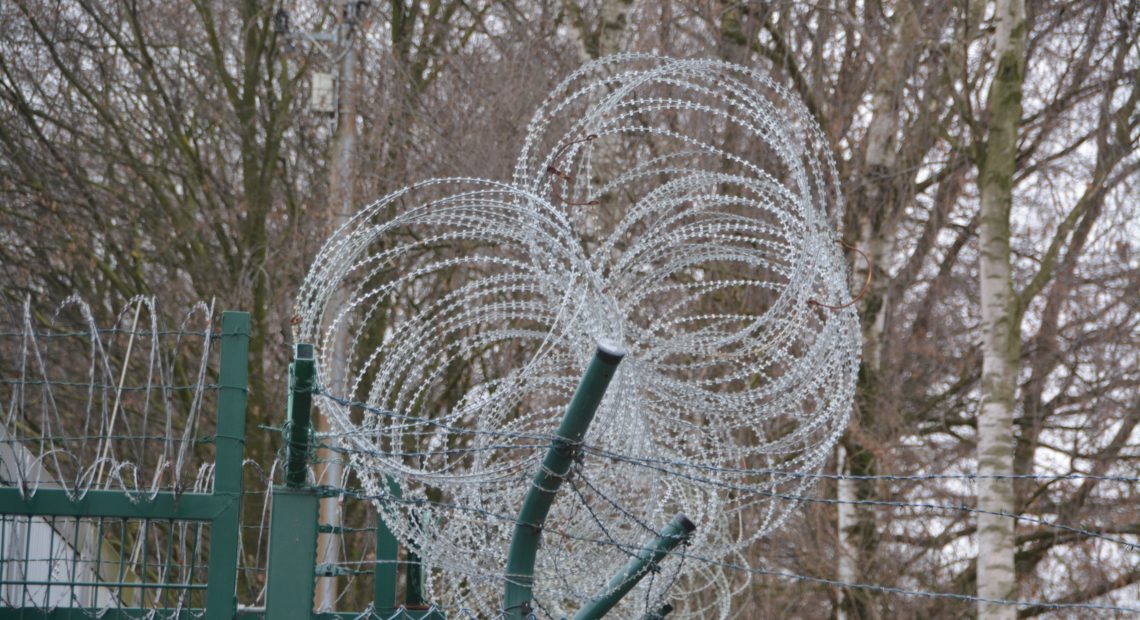
BSF Enhances Surveillance at India-Bangladesh Border
The Border Security Force (BSF) has strengthened its surveillance along the 4,096 km India-Bangladesh border by incorporating advanced technologies. This move aims to curb infiltration, smuggling, and human trafficking, particularly in areas where the border remains unfenced or porous.
Among the new measures are night vision and thermal imaging cameras, which provide visibility during low-light conditions, enhancing the ability to detect unauthorized movements. Additionally, artificial intelligence-enabled cameras with facial recognition capabilities are being used to identify and track individuals attempting illegal crossings in real-time.
To further bolster security, motion sensors and alarm systems have been deployed to alert personnel of suspicious activities. These technological advancements complement traditional surveillance methods like foot patrols and sentry posts, ensuring comprehensive monitoring of the border.
Despite these efforts, approximately 400 km of the border remains unfenced, posing significant challenges to security. The BSF, along with central and state governments, is actively working on constructing barriers and improving infrastructure to address these vulnerabilities.
The hybrid approach of combining advanced technology with conventional methods highlights the BSF’s commitment to maintaining vigilance along the border. These initiatives are expected to strengthen border security, deter illegal activities, and ensure the safety of communities in the region.


















